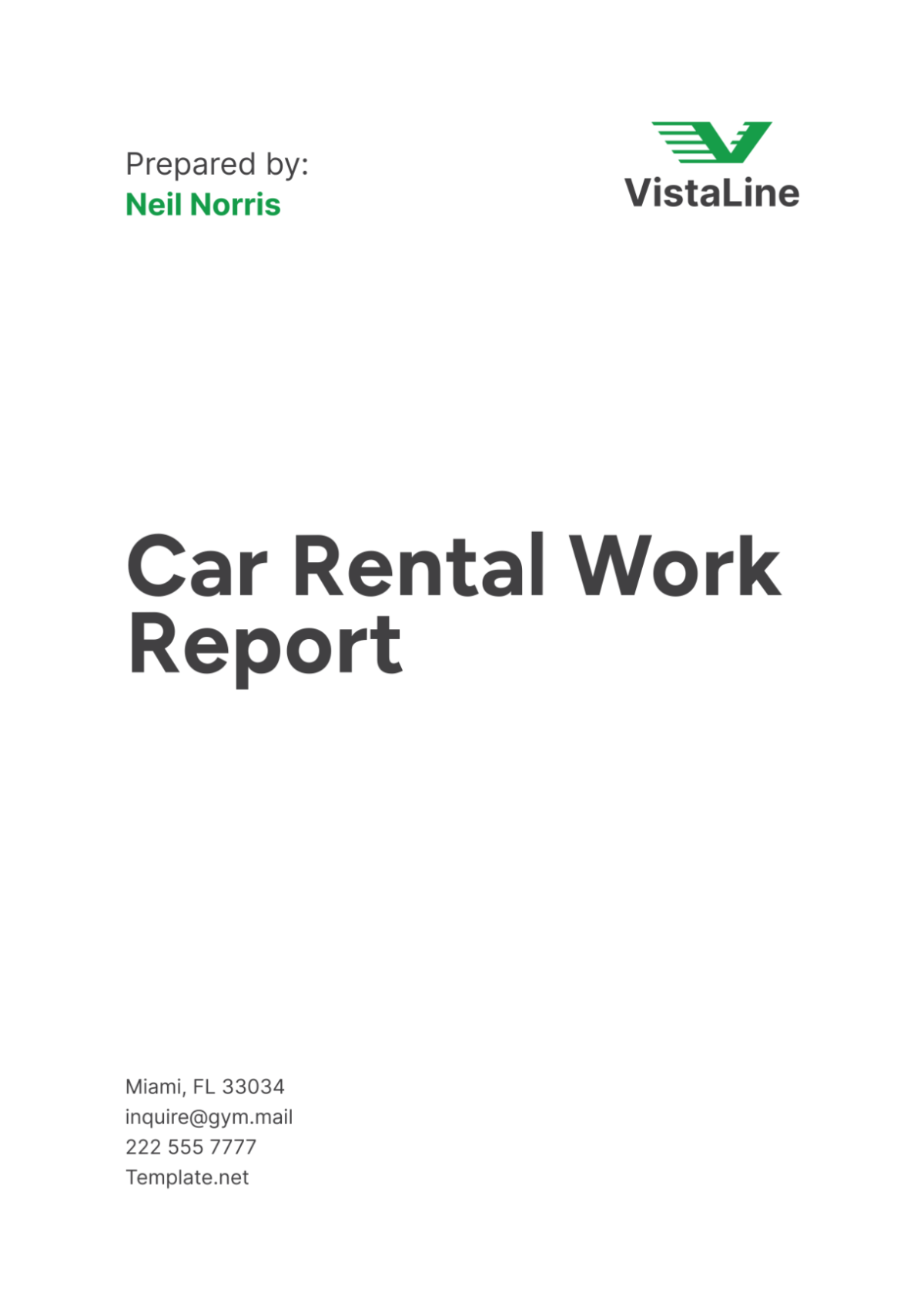Performance Review Work From Home Report
I. Introduction
This performance review provides a comprehensive evaluation of the work-from-home strategy, focusing on employee productivity, well-being, and the challenges faced during remote work. The report outlines key performance metrics, examines feedback from employees, and offers actionable recommendations for improvement to ensure sustainable remote work practices.
II. Employee Productivity
A. Key Performance Indicators
The transition to remote work required adapting traditional productivity measures to better capture efficiency and output in a virtual environment. The key performance indicators (KPIs) used include:
Output Quality: Consistency, accuracy, and overall quality of work delivered by employees.
Task Completion Rate: Adherence to deadlines and the timely completion of assigned tasks.
Communication Effectiveness: Active participation in virtual meetings, responsiveness to emails, and collaboration in remote settings.
B. Productivity Measurement
The following table provides a comparative analysis of these productivity metrics over the past six months:
Month | Output Quality | Task Completion Rate | Communication Effectiveness |
|---|---|---|---|
April | 85% | 80% | 90% |
May | 88% | 82% | 92% |
June | 90% | 84% | 93% |
July | 89% | 83% | 94% |
August | 91% | 85% | 95% |
September | 92% | 86% | 96% |
III. Well-Being and Work-Life Balance
A. Employee Feedback
Feedback from employees was collected via surveys to gauge their experience with remote work, focusing on flexibility, work-life balance, and mental health. Notable feedback includes:
Flexibility: A majority of employees appreciate the increased autonomy and flexibility provided by the work-from-home arrangement.
Work-Life Balance: While many employees reported an improved balance between personal and professional life, others indicated difficulties in creating clear boundaries between the two.
Mental Health: While some employees have adjusted well, others expressed concerns regarding the mental toll of isolation and the lack of in-person interactions.
B. Analysis of Well-Being Data
The well-being survey results are summarized in the table below:
Well-Being Aspect | Positive Responses | Negative Responses |
|---|---|---|
Flexibility | 75% | 25% |
Work-Life Balance | 68% | 32% |
Mental Health | 60% | 40% |
IV. Challenges and Recommendations
A. Identified Challenges
Although the work-from-home strategy has largely been successful, several challenges have emerged:
Communication Barriers: Maintaining clear and effective communication across remote teams has been challenging, often leading to miscommunication and delays.
Technology Issues: Frequent technical difficulties, coupled with inadequate home office setups, have impacted productivity for some employees.
Social Isolation: The lack of face-to-face interaction has led to feelings of isolation and disengagement among some employees, affecting team cohesion.
B. Proposed Recommendations
To address these challenges and further enhance the work-from-home model, the following recommendations are proposed:
Enhanced Communication Tools: Invest in more advanced communication platforms that support seamless collaboration, including video conferencing, project management tools, and real-time messaging systems.
Technical Support: Provide employees with comprehensive technical support, including upgraded home office equipment, faster internet, and regular IT assistance to minimize technical disruptions.
Social Interaction Initiatives: Introduce virtual social events, team-building activities, and informal check-ins to foster a sense of community and reduce feelings of isolation.
V. Conclusion
The work-from-home strategy has proven effective in maintaining employee productivity and supporting well-being. While communication gaps, technical issues, and isolation remain, the proposed recommendations offer practical solutions to enhance remote work experiences. Ongoing monitoring, adaptation, and a commitment to employee feedback will be crucial in ensuring long-term success and satisfaction with remote work arrangements.



















